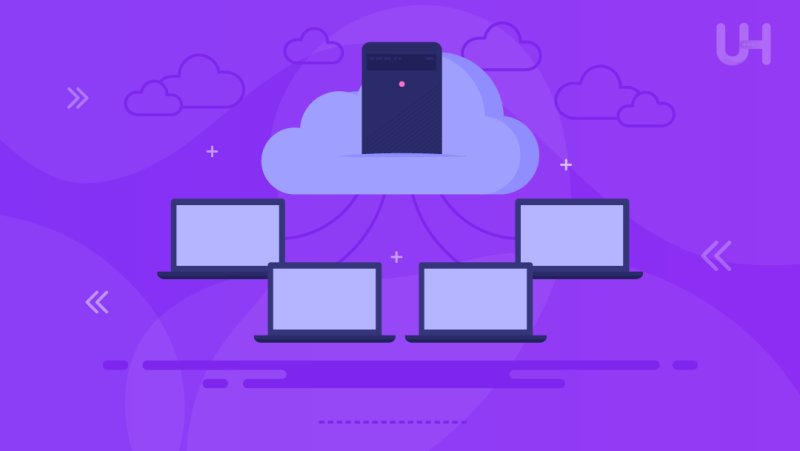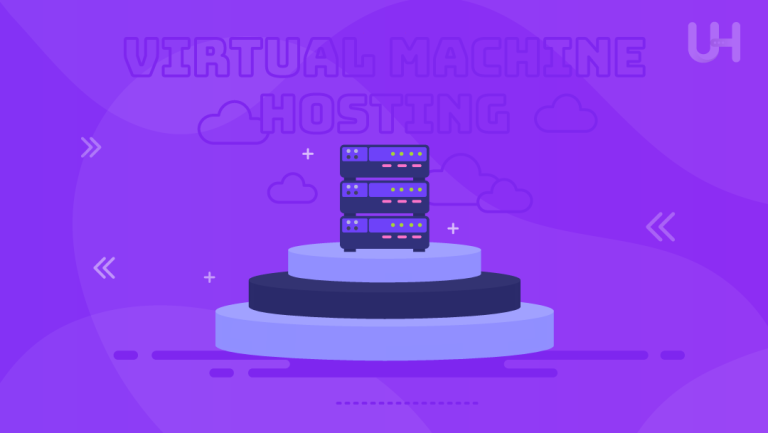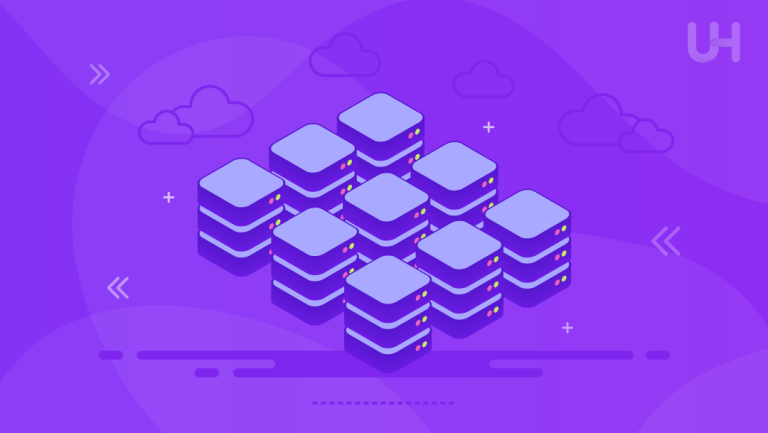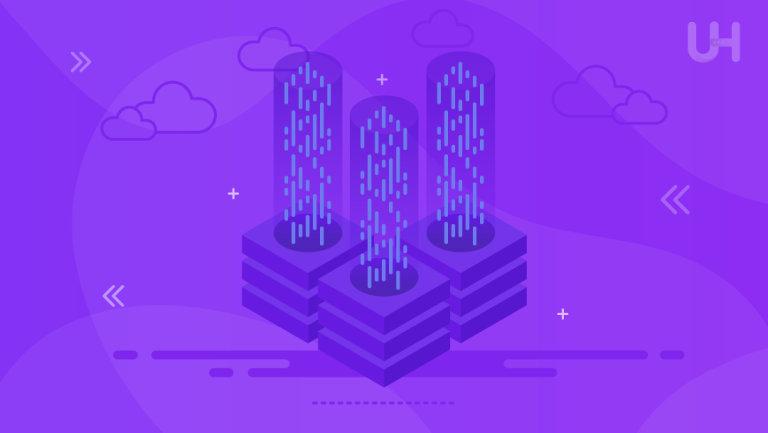It is becoming necessary for companies to remain flexible and accessible in the upcoming times. VDI, or Virtual Desktop Infrastructure, is one of the faces of changing desktop management and user access faster by the minute. Because VDI hosts these virtual desktops on centralized servers, employees can securely access their work environments from nearly any device, anywhere. This engenders greater flexibility and facilitates remote, home-based work. Besides clear gains in security and scalability, this brings the added advantage of central management, making it an ideal solution for modern digital workplaces.
In this article, we will discuss VDI, how it functions, and the deployment options. Whether you’re a newbie to VDI or seeking deep knowledge of its technical makeup and benefits, this guide will provide a clear and exact overview of this technology in great and minute detail.
What is Virtual Desktop Infrastructure?
Virtual Desktop Infrastructure, or VDI, is a technology that lets organizations provide desktop operating systems hosted on centralized servers that users can access from another location. Using VDI, organizations may provide workers with virtual desktops exactly like traditional ones, but with applications, assorted files, and personalized settings. Users can get access to their virtual desktops via a network connection, which provides security and reliability in doing work for users practically from any location with any device.
The advantages of VDI include that an organization can manage things from one spot, is much more secure, and saves some costs by reducing hardware usage. Such a solution is recommended if the company has remote staff, requires high data security, or needs desktop management at much faster rates.
How Does VDI Work?
Virtual Desktop Infrastructure is based on a few basic components integrated to provide seamless virtual desktops. We elaborate here on each key component in VDI to understand how it works:
- Hypervisor: The hypervisor is considered the cornerstone of VDI. A bare metal hypervisor handles the hardware, splitting it into VMs. Virtualization of desktop computers housed on centralized bare metal servers is called VMs. A hypervisor provides every VM with all the resources necessary for an assigned user to use it.
- Virtual Machine Provisioning: Each user is assigned an individual virtual machine (VM), which acts as an instance of his or her personal desktop. This VM will host the operating system, applications, and preferences that a user wants, thus guaranteeing a personalized desktop experience in the virtualized environment.
- Desktop Streaming: The users use their remote access client to stream the virtual desktop interface from their assigned VMs locally, thus maintaining a general real-time interaction with their desktop environment and attaining access to applications and data as if they were working with an actual hardware machine.
- Data Storage: The files can either be stored on the virtual machine, or on centralized storage systems. In Persistent VDI setups-where every user is allocated his own VM-data can be stored directly on the VM. For those nonpersistent setups, data is always saved to network drives or cloud storage, allowing users to enter their files from any VM they access.
- Management and Maintenance: VDI consolidates desktop management, whereby applications like software updates, security patching, and application deployment become much easier. When teams compare deployment routes, understanding the vendor landscape for VDI can clarify trade-offs in features, cost, and management overhead. When teams compare deployment routes, understanding the vendor landscape for VDI can clarify trade-offs in features, cost, and management overhead. IT administrators can effectively manage user access, impose security policies, and monitor system performance from a single console, reducing overall maintenance time by ensuring consistency across desktops.
Persistent vs Non-Persistent VDI Deployments
Overall, there are two fundamental types of VDI deployments: persistent and non-persistent. Each offers very different advantages coupled with optimal use cases.
Persistent Deployments
In persistent VDI, every user owns his or her virtual machine. One can personalize the desktop environment and then save settings or store files directly on the VM. Persistent VDI will be appropriate for roles requiring personalization, like developers and designers since they will have consistent access to personal files and settings.
Non-Persistent Deployments
In non-persistent VDI, users are not assigned to any particular VMs. Instead, when users log in, they receive a random, stateless VM, which automatically resets after each session. Ordinarily, user data is stored in network drives or cloud storage; therefore, users can access their files from any VM. Non-persistent VDI is usually practiced in an environment with temporary or shared workstations, such as a customer service center or school, since it minimizes storage requirements and simplifies management.
Benefits of Using Virtual Desktop Infrastructure
The use of VDI has multiple advantages for businesses, and in particular for those who are attempting to transition to remote or teams that are distributed:
- Improved Security: In VDI environments, data is stored in data centers, not on personal devices, which reduces the chance of data leaks caused by stolen or lost devices. IT administrators tightly monitor access control and implement two-factor authentication, data encryption, and other security measures.
- Cost savings: VDI allows companies to decrease their dependence on expensive physical desktops and switch towards virtualization, which can operate on cheaper devices like thin clients and tablets. Furthermore, VDI decreases hardware maintenance demands because most processing happens by the server. The centralization approach could yield significant savings in the long run.
- Scaling: VDI can scale quickly in response to organizational shifts, such as seasonal staffing increases or rapid business growth. IT departments can easily set up and de-provision virtual desktops, adjusting to workforce demands without investing in the latest hardware.
- Increased Accessibility: Users can safely access their desktops via any device with an internet connection, increasing productivity. This makes VDI an indispensable instrument for firms with mobile or remote employees to warrant continuity and reduce downtime.
- Centralized Management: By using VDI, IT administrators have central control of desktops. This enables more efficient administration, update, and troubleshooting. Instead of configuring each desktop, IT can perform tasks using a single console, making the process easier.
VDI generally offers enhanced security, cost savings, scalability, accessibility, and central management. This makes it an ideal option for businesses that want to move to distributed or remote work environments.
Upgrade Virtual Desktop Experience with RDP Servers!
Looking to enhance your Virtual Desktop Infrastructure with reliable, high-performance access? UltaHost’s RDP Server solutions provide secure, scalable, and high-speed connections ideal for remote desktop environments.
Challenges and Limitations of VDI
Although Virtual Desktop Infrastructure has many benefits, some challenges should be taken into consideration:
- High Cost of Setup: Implementing VDI will require investment in RDP servers, infrastructure, software licensing, and networking equipment. While the savings over time could surpass these expenses, initial set-up can be expensive for companies with limited budgets.
- Network Dependability: A reliable high-speed internet connection is essential for VDI effectiveness. Insecure or slow connections could cause latency, poor desktop performance, and decreased user productivity, particularly for applications that demand powerful processing capabilities.
- Complex IT Management: Although VDI centrally manages the management, it still requires experienced IT professionals to manage the operation. Downtimes or errors in configuration could affect the entire team and workforce, making VDI installation and maintenance complicated and challenging for IT personnel.
- User Experience: VDI performance may sometimes lag behind physical desktops, mainly when dealing with applications that consume enough resources. Regarding tasks that require high-quality graphic processing (e.g., editing videos), Virtual desktops might need more settings, such as Graphics Processing Unit Acceleration, which raises costs.
VDI vs Traditional Desktops

If you compare Virtual Desktop Infrastructure (VDI) against traditional desktop applications, several significant differences are evident, especially regarding flexibility, costs, and management practices.
Accessibility and Mobility
One of the best characteristics of VDI is the ability to allow employees to work in virtually any place worldwide. Traditional desktops are usually restricted to certain physical devices, which could cause a significant issue, particularly for remote teams or those that work from distributed locations.
VDI requires only a reliable internet connection and an appropriate device, whether a tablet, laptop, or mobile phone. It allows for unbeatable mobility and workers to work efficiently, whether at work in their homes or even on the road. Therefore, companies can facilitate a dynamic workforce, encouraging cooperation and ensuring employees stay engaged regardless of location.
Cost Efficiency
The initial expenditure for VDI infrastructure is higher than that of traditional desktop configurations. However, the cost savings over time are significant. VDI can lead to significant savings. As time passes, VDI results in reduced costs associated with hardware acquisition. Additionally, VDI leads to decreased costs for hardware maintenance and support services. Traditional desktops typically entail continuous upgrades and hardware replacement expenses, which can quickly add up.
In contrast, VDI leverages centralized resources and high RAM virtual private servers, allowing for better utilization and less need for regular hardware upgrades. The change reduces the cost of capital and the operational expenses associated with IT support and management.
Data Security and Control
Security for data is a different sector in which VDI significantly improves over conventional desktop configurations. In a VDI setting, information is stored in a secured data center instead of being saved on devices. This decreases the risk of data loss or theft. On traditional desktops, confidential data is stored locally and can pose a threat if the device is lost or taken.
A VDS hosting solution enhances security by offering dedicated server environments. This solution provides robust data isolation, which helps organizations deploy strong security measures. These measures include encryption, access control, and central backups. Centralizing data improves security. This approach also facilitates compliance with data protection regulations because: Organizations can monitor data better. Access to sensitive data can be controlled more effectively.
Switching to VDI has several benefits: It significantly improves an organization’s operations efficiency. It boosts data security and data privacy. Over time, it leads to cost savings compared to conventional desktop-based environments.
Use Cases of Virtual Desktop Infrastructure
VDI can be used in a variety of ways and is applicable in a variety of fields and situations:
- Remote Work Environments: When remote working has become common, VDI enables employees to access their workspaces anytime, increasing efficiency without losing security.
- Educational Institutions: VDI allows educational institutions to give students and teachers permanent, secure access to specific tools and materials, ensuring a continuous education experience.
- Health and Finance Industries: for industries that require data security for security, like healthcare or financial services, VDI can bring a secure and compliant setting. Financial information, patient data, and other sensitive data are secure under central surveillance and safe protocols.
- Seasonal or Temporary Workforces: Businesses with high demand for workers, such as hotels or restaurants, may profit from VDI by supplying desktops when required and avoiding the cost of purchasing hardware for temporary use.
Conclusion
Virtual Desktop Infrastructure (VDI) is an essential evolution for organizations in the ever-growing digital and mobile world. It provides flexibility, security, and control over the IT environment. VDI supports the work-from-anywhere culture and guarantees that data security and resources are centralized.
VDI plays a leading role as more organizations come to recognize its value. In modern IT strategy, VDI is poised to take the top position. This enables organizations to maintain productivity and security in the face of rapid technological changes.
Robust virtual machine hosting is essential for a seamless and efficient VDI setup. UltaHost’s virtual machine hosting offers the reliability, security, and scalability your organization needs to power an effective Virtual Desktop Infrastructure.
FAQ
What is Virtual Desktop Infrastructure (VDI)?
VDI is a technology that hosts desktop environments on centralized servers, allowing users to access virtual desktops remotely.
How does VDI benefit businesses?
Virtual Desktop Infrastructure improves security, enhances flexibility for remote work, and simplifies desktop management by centralizing resources.
What are the main components of a VDI setup?
VDI setups typically include hypervisors, virtual machines, remote access clients, data storage, and management tools.
How does VDI differ from traditional desktop setups?
Unlike traditional setups, VDI virtualizes desktops on a server, enabling remote access and centralized management.
What is the difference between persistent and non-persistent VDI?
Persistent VDI assigns each user a unique virtual machine (VM), while non-persistent VDI resets the VM after each session.
Is VDI secure for remote work?
Yes, VDI enhances security by centralizing data storage, enabling secure access, and enforcing consistent security policies.
What types of businesses benefit most from VDI?
VDI is ideal for businesses with remote workers, high-security needs, or those seeking efficient desktop management.












